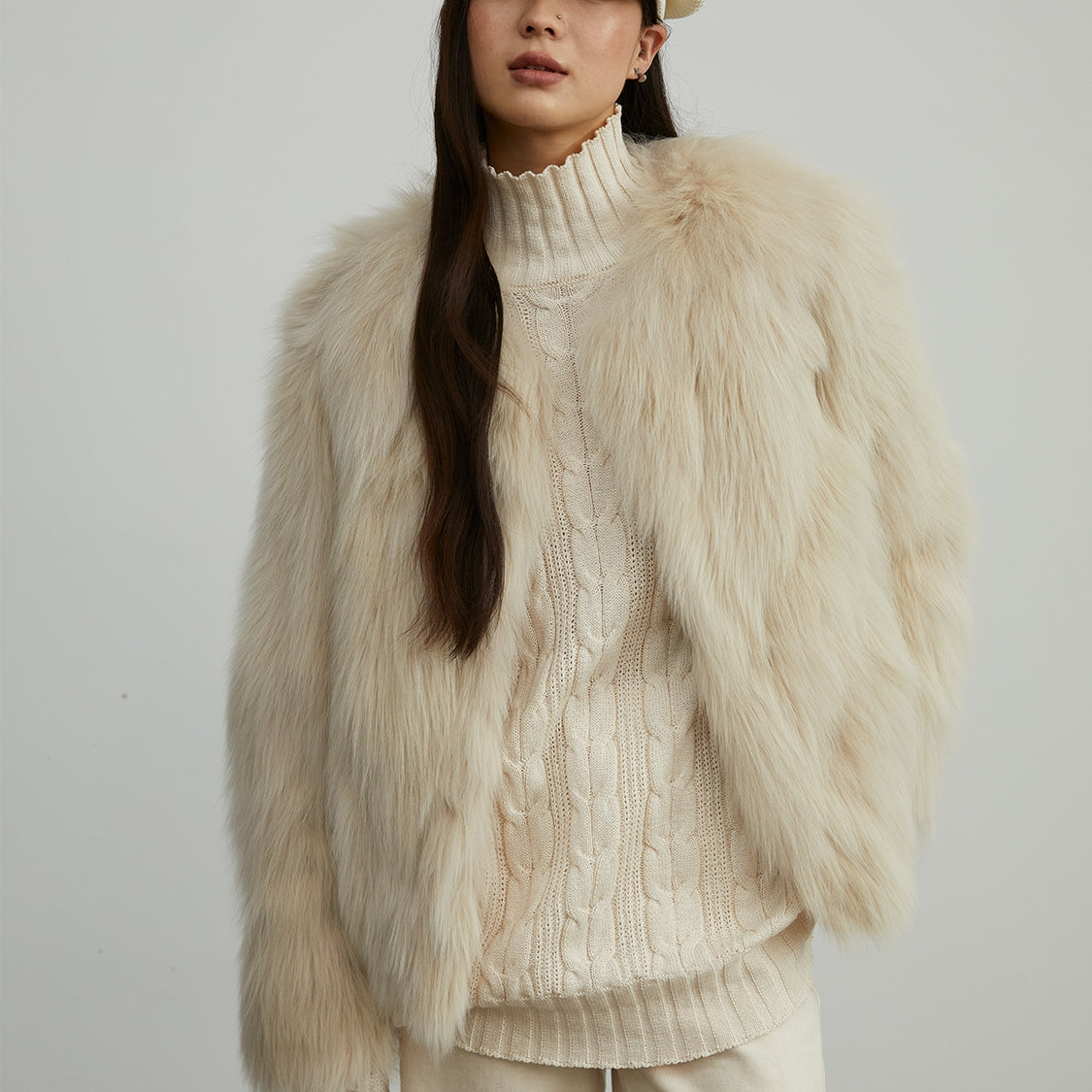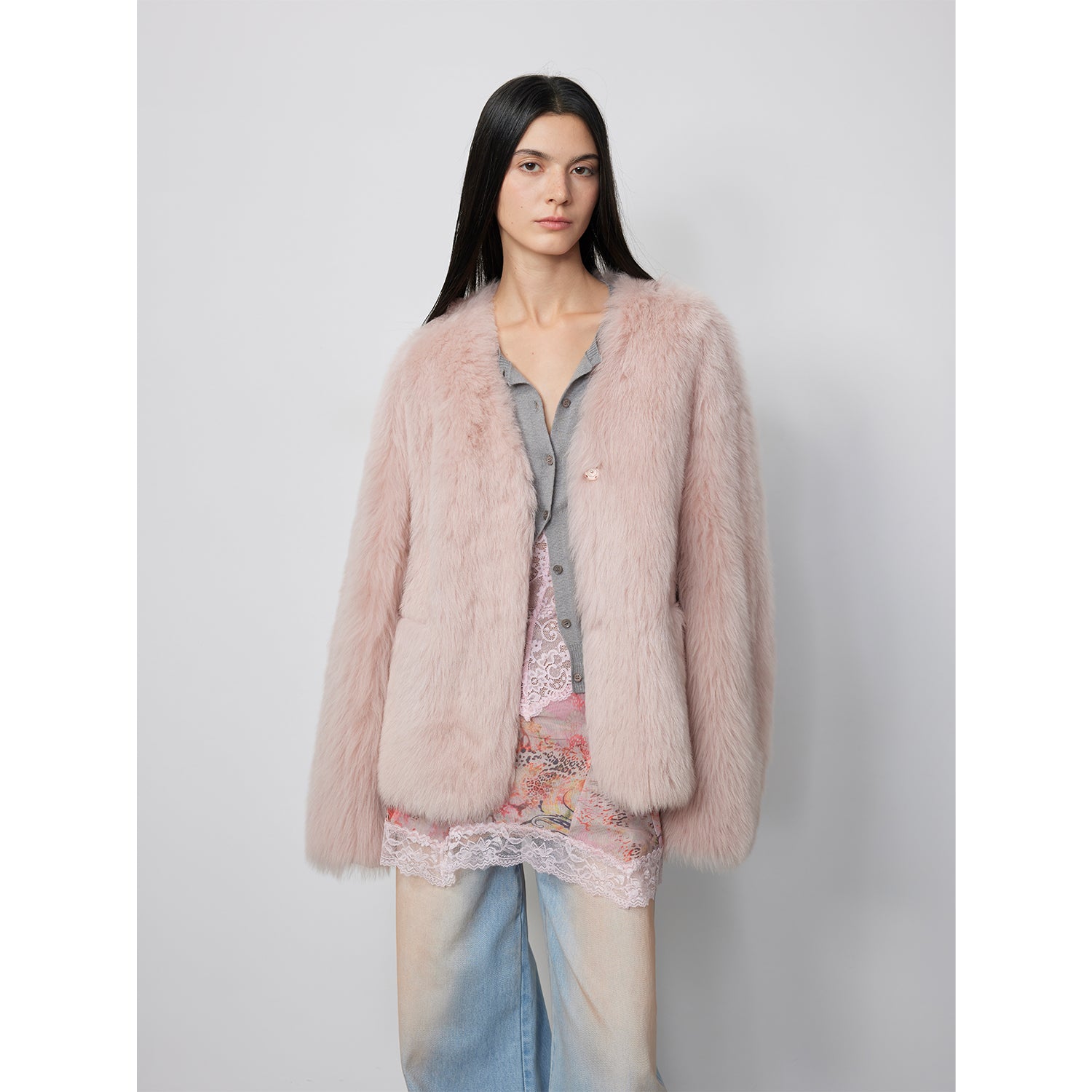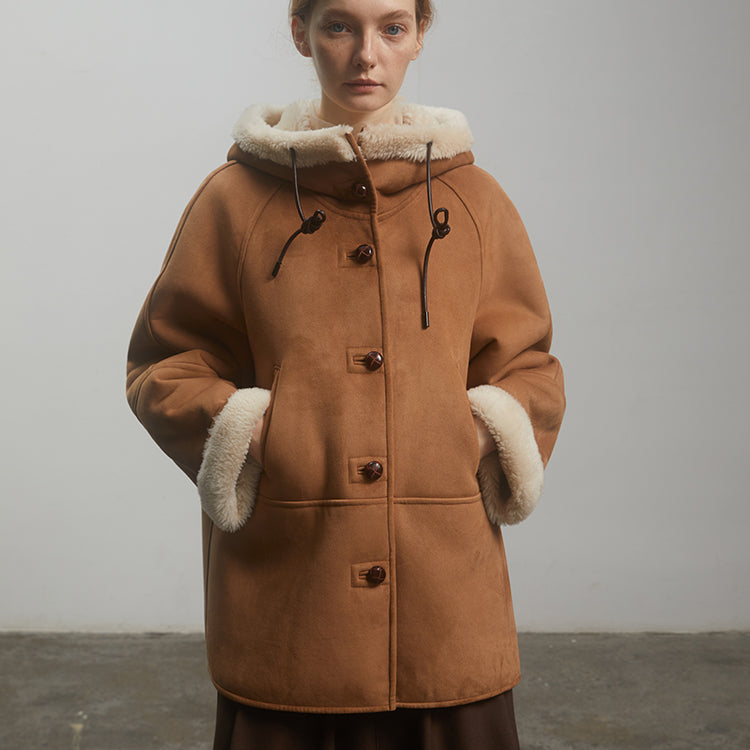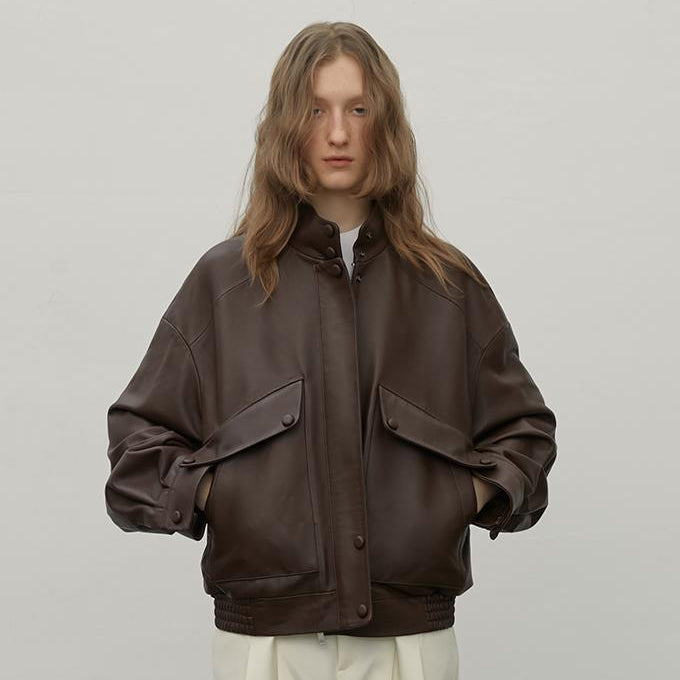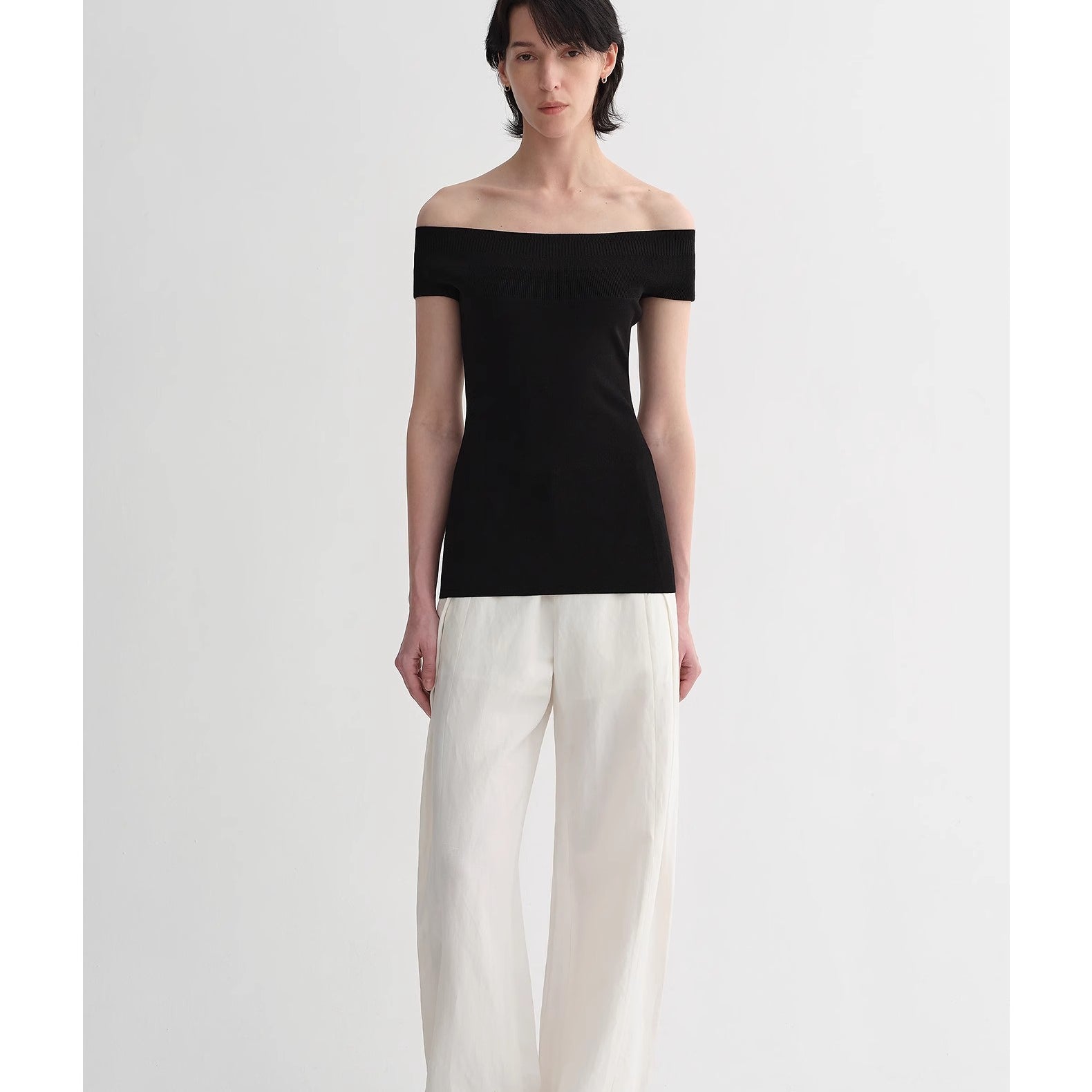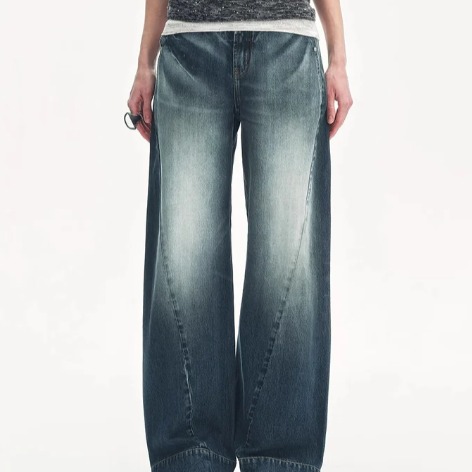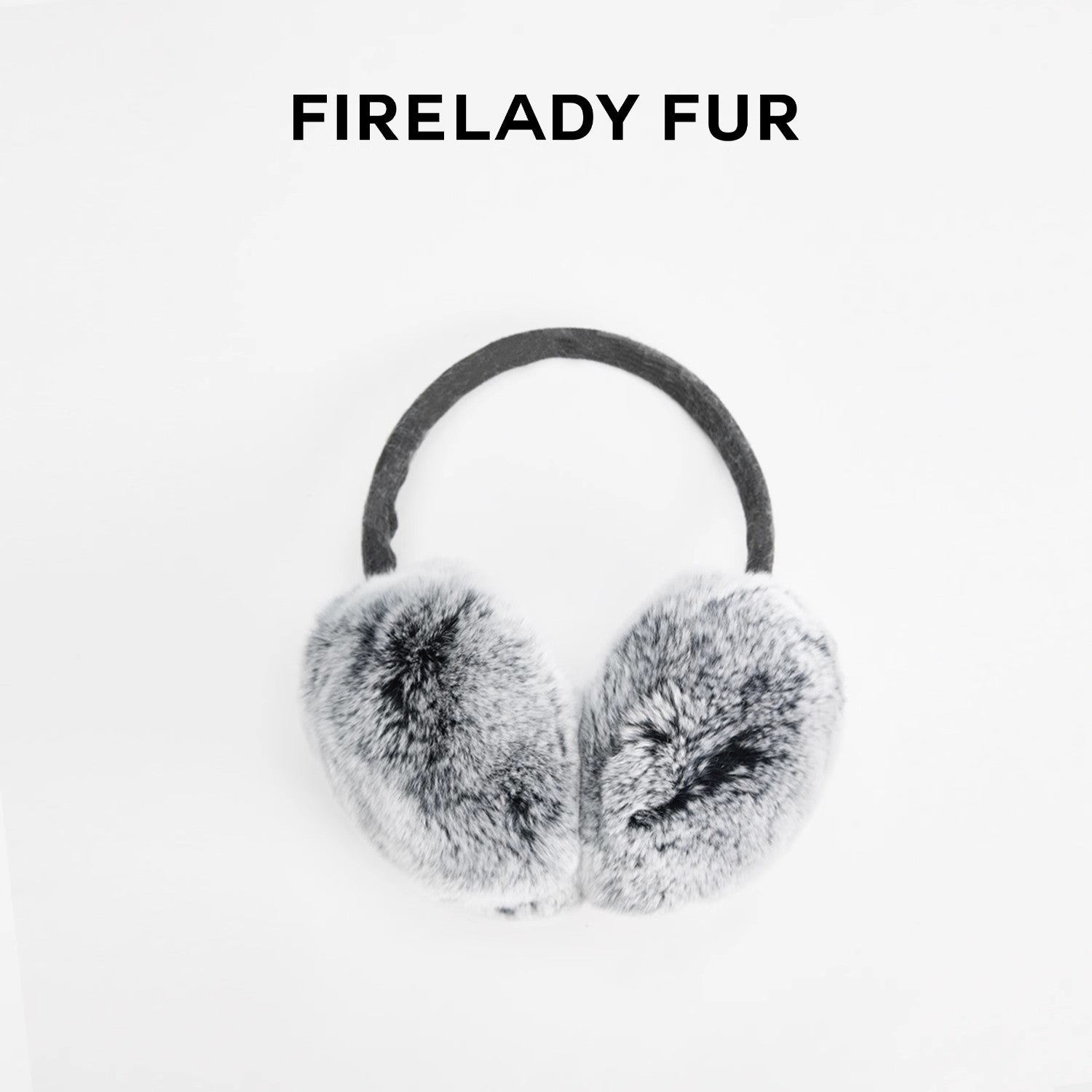The origin of fur fashion: the earliest human clothing
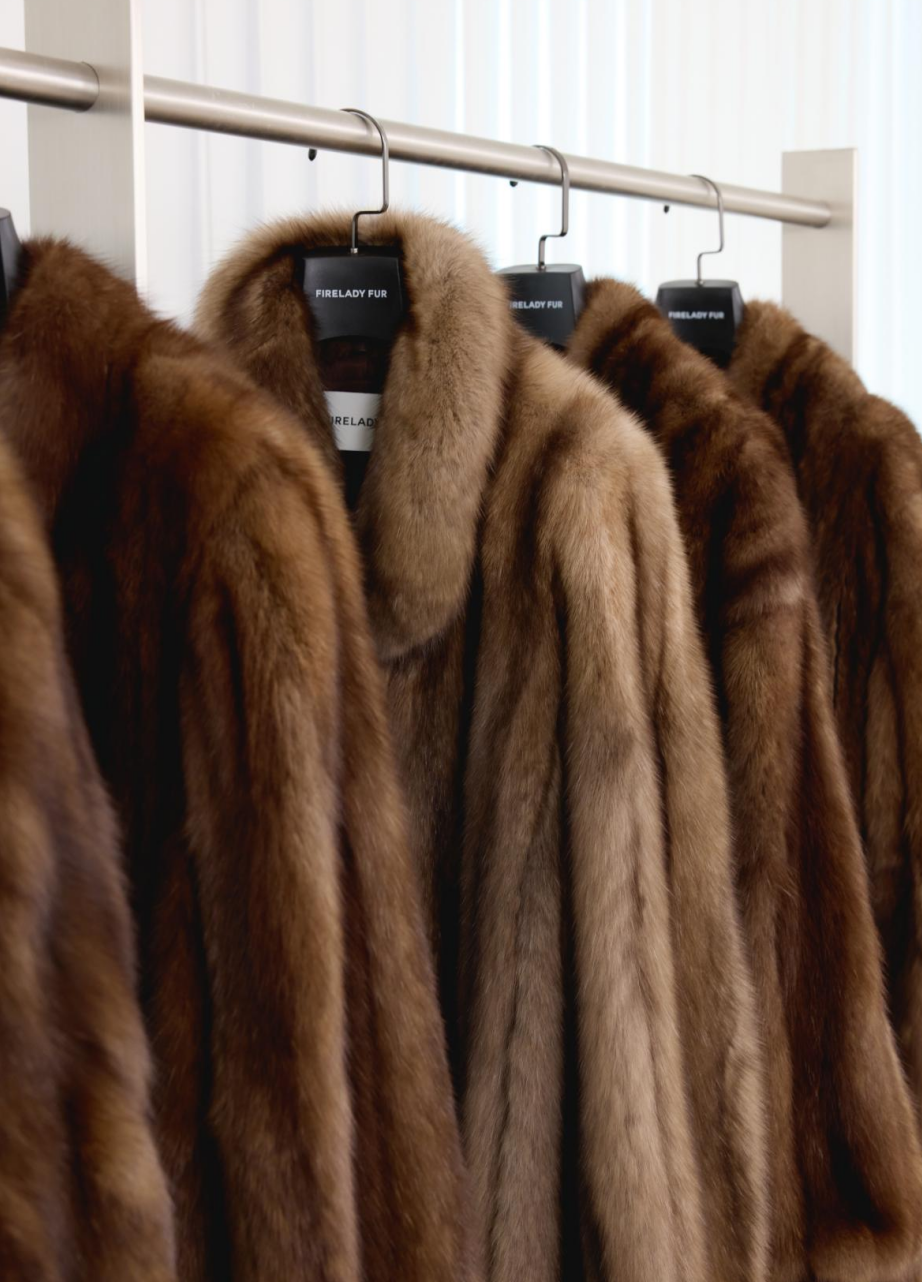
Fur is one of the earliest human clothing, and its history can be traced back to ancient times. In that period, in order to resist the cold, humans began to use animal fur obtained from hunting to make clothes. These furs not only provide the necessary warmth function, but also gradually become a symbol of identity and status. The production of early fur clothing was relatively simple, mainly to directly put the animal skin on the body or to simply sew it.
The early development of fur fashion: from practical to symbolic
Ancient fur fashion: In ancient Egypt, fur was regarded as a symbol of aristocratic privilege, and only the royal family and high-ranking nobles could enjoy it. In ancient Greece and ancient Rome, fur was also often used to make soldiers' cloaks and robes, which had both warmth and decorative functions. In ancient China, people in the Shang and Zhou dynasties had mastered the method of tanning leather and were familiar with the characteristics of various animal skins. At that time, the emperor's fur coat was made of black lamb skin, and the doctors and nobles wore brocade fox fur, and the white fox fur was the most precious among the fox furs.
Fur Fashion in the Middle Ages: During this period, fur became an important symbol of aristocratic identity and status. European nobles wore robes and coats made of precious furs, such as velvet coats with mink or ermine cuffs and collars. Mink became a symbol of prominent status due to its beauty and rarity, while wolf and bear skins became the choice of people of lower social status due to their rough texture and rough appearance.
The Golden Age of Fur Fashion: The 20th Century Boom
Early 20th Century to 1920s: The early 20th century was one of the golden ages of fur clothing. As the clothing industry continued to develop, fur clothing began to focus on design and fine craftsmanship. The rise of high-end fashion houses and the promotion of events such as the Paris International Exposition officially included fur in fashion trends. At the 1900 Paris International Exposition, many designers displayed exquisite fur works, such as Jeanne Paquin's coat made of 300 Canadian mink skins, which attracted a lot of attention.
1920s to 1940s: The fashion of clothing in the 1920s was smooth and unrestrained vertical cutting and natural draping. Fur clothing began to be combined with various fabrics more and more, and there were innovations in silhouette, style, material and craftsmanship. In the 1930s, the "fox fur fast trend" appeared. The combination of fur and fabric made the use of fur in fashion almost necessary. In the 1940s, Hollywood movie stars became the spokespersons of fur fashion. They wore fashionable fur clothing in movies and in life, leading the prosperity of the fur market.
1950s to 1960s: In the 1950s, women pursued their gentle and delicate nature, and fur clothing became more luxurious and exquisite. Mink coats and mink shawls became symbols of women's elegance and wealth. In the 1960s, traditional values and class divisions in fashion were gradually abandoned, and fur clothing became more diversified and personalized. It was no longer exclusive to royal aristocrats and the wealthy class, but gradually became a part of popular fashion.
Modern evolution of fur fashion: diversity and innovation
70s to 90s: In the 1970s, fur production began to be agriculturalized, which promoted the process of fur clothing from appointment customization to ready-made clothing. Fashion designers were bold and innovative, trying various possibilities of combining fur with other materials. In the 1980s, fur processing technology achieved new developments. The processed fur had richer colors, more diverse prints, and a texture closer to cloth. Since the 1990s, fur is no longer based on warmth, but has entered the fashion field more. The style is more generous and simple, incorporating design elements such as splicing and tailoring, showing a light and elegant style.
Fur fashion in the 21st century: In the 21st century, fur fashion continues to develop in a diversified way. On the one hand, with the improvement of environmental awareness, artificial fur and environmentally friendly fur have gradually emerged and become alternative choices for more and more consumers. On the other hand, traditional natural fur is also constantly innovating and upgrading, through new tanning technology, dyeing process and design techniques, to make it more in line with the needs of modern fashion. At the same time, the mix and match of fur and other materials has become a popular trend. Designers combine fur with leather, cloth, metal and other materials to create unique visual effects and wearing experiences.
The cultural significance and future trends of fur fashion
Fur fashion carries different cultural significance in different historical periods. From the initial functional clothing to luxury goods that symbolize status, to today's fashion elements that show personality and taste, fur has witnessed the development of human civilization and the changes in fashion trends. In the future, with the continuous advancement of technology and the enhancement of people's environmental awareness, fur fashion will continue to develop in a more sustainable, innovative and diversified direction. At the same time, the production process and design concept of fur will continue to merge, bringing us more abundant and exciting fashion choices.



